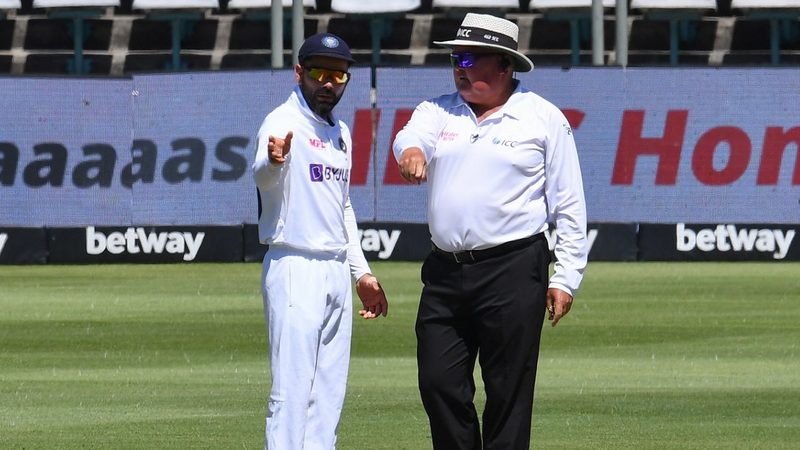
Numbers and raw calculations have always dominated cricket. It is also one of the premier sports to inculcate the use of technology and advanced statistics.
But there’s more to cricket than what meets the eye. The advancements in models and algorithms have led to the creation of advanced metrics and data visualisation tools which further aid analysts and coaches to read the game.
Data Visualisation
An average cricket fan would be aware of wagon wheels, spider charts and run rate plots. To add to that, data companies and analysts can now visualise the pitch and bounce of deliveries and track them beyond their impact with the bat or stumps. They can also map a bunch of deliveries at the impact on the pitch or in the air to analyse how a bowler is targeting the batter.
Pitch Rating
A lot of variables like past scores and average turn of the ball are evaluated and examined via advanced statistical analysis to estimate the quality of a pitch. The outcomes involve the notation of whether the pitch is spin or pace friendly, to begin with, while advanced connotations help plan the toss decision and batting or bowling orders.
Win Probability
Taking into account a lot of factors like the aforementioned pitch rating, average first innings score, team strength and home advantage; an algorithm predicts the win probability of a team. It is a dynamic statistic, which changes according to the happenings in a match such as wickets and quick scores.
Player Impact
This is a measure of how well a player has played and how much his contributions to the team are. It involves all three aspects of the game - batting, bowling and fielding. Beyond the obvious stats of runs scored and wickets taken, runs saved via fielding is also considered an important stat. Over the course of time, the readings provide a much more accurate depiction of a player’s value.
Total Estimator
Another dynamic metric takes into account the ongoings on the field to estimate how much a team will score at the end of their innings. While it sounds simple, the more data and sample space its models get, the more accurate the predictions become. It helps in planning the second innings for the coach or analyst.
Sport is particularly moving towards an analytical approach, and cricket is a forerunner. It all starts with simple counting of stuff, and then onto fascinating metrics which make an analyst’s job easier.
Featured photo: AFP / RODGER BOSCH




















